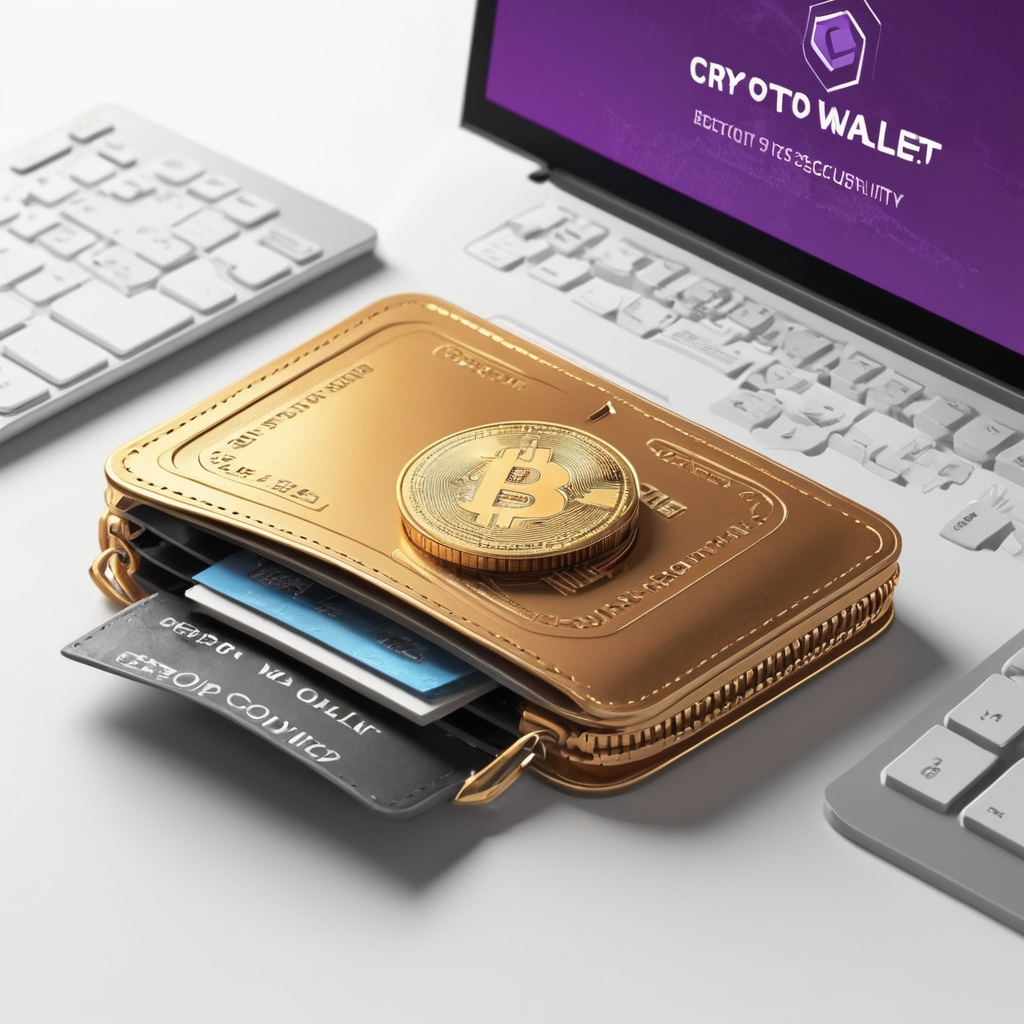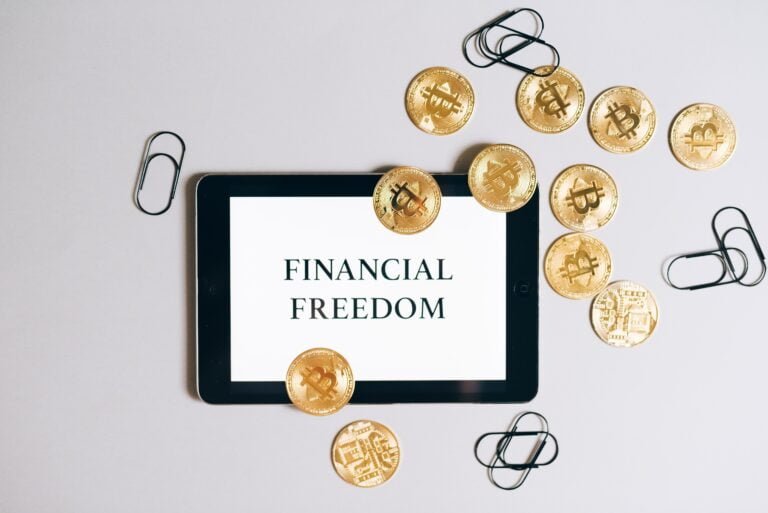Protect Your Assets: Crypto Wallet Security
In today’s digital age, cryptocurrency has gained immense popularity, transforming how we think about money. With its rise, however, comes the pressing need for security; just like in the physical world, the digital realm has its own threats you need to guard against. This guide is designed to help you understand the importance of crypto wallet security and provide you with the tools and knowledge you need to protect your digital assets effectively.
1. Understanding Crypto Wallets
1.1 What is a Crypto Wallet?
At its core, a crypto wallet is a software program or hardware device that allows you to store and manage your cryptocurrencies. Unlike traditional wallets that hold physical cash, crypto wallets don’t store currency per se. Instead, they hold the keys (both public and private) that give you access to your funds on the blockchain.
- Hot wallets are connected to the internet, making them easy to access and use but also more vulnerable to attacks. Examples include web wallets and mobile apps.
- Cold wallets, on the other hand, are offline and provide a more secure environment for storing crypto. This category includes hardware wallets and paper wallets.
1.2 Types of Crypto Wallets
When it comes to choosing a wallet, it’s essential to know your options:
- Software wallets: These can be further divided into desktop, mobile, and web-based wallets:
- Desktop wallets: Software installed on your computer, offering high security as long as your device is protected.
- Mobile wallets: Convenient for on-the-go transactions but make sure your phone has a good security setup.
- Web wallets: Accessible from any browser, these are the most convenient but come with increased risk.
- Hardware wallets: Physical devices that securely store your private keys offline, making them one of the most secure options available.
- Paper wallets: Simply print your public and private keys on paper. While they are incredibly secure from digital attacks, they can easily be lost or damaged if not stored properly.
1.3 Choosing the Right Wallet for Your Needs
When deciding on a wallet, consider factors like:
- Security features: Does it offer two-factor authentication (2FA) or multi-signature support?
- Ease of use: Is the interface intuitive? Can you easily send and receive crypto?
- Access: Do you need to be able to access your wallet from multiple devices, or do you prefer something more secure?
Compare the features and functionalities across the different wallet types to find one that best suits your lifestyle and security preferences.
2. Essential Security Practices
2.1 Strong Password Management
Creating a strong password is your first line of defense in protecting your crypto assets. Here are some key tips:
- Use a mix of letters, numbers, and symbols.
- Avoid easily guessable information, such as birthdays or common words.
- Consider using a password manager to generate and store complex passwords. This way, you won’t have to remember them all!
2.2 Two-Factor Authentication (2FA)
Two-factor authentication adds an extra layer of security by requiring a second form of verification in addition to your password.
- Setting it up: Most wallets and exchanges allow you to enable 2FA. You can typically use an authenticator app or receive codes via SMS.
- This extra step helps ensure that even if someone steals your password, they can’t access your wallet without the second factor.
2.3 Regular Software Updates
Always keep your wallet software updated! Updates often include important security patches that protect against vulnerabilities.
- Check for updates regularly, and enable automatic updates if available. Staying current helps thwart potential attacks.
3. Best Practices for Storing Cryptocurrency
3.1 Safe Backup Strategies
Backing up your wallet ensures that you won’t lose access to your funds should your device fail or it becomes compromised.
- Methods for backing up: Store your recovery phrases OFFLINE! On paper or engraved onto metal/wooden devices.
- Secure backup locations: Remember, if someone can access your backup, they can access your crypto, so keep backups in safe places and consider using multiple locations.
3.2 Avoiding Phishing Attacks
Phishing scams frequently target cryptocurrency holders.
- Types of phishing: These could be emails or messages pretending to be from reputable services trying to obtain your login credentials or private keys.
- Identifying scams: Always verify the sender’s email address and avoid clicking on suspicious links. If an offer seems too good to be true, it likely is.
3.3 Security of Private Keys
Private keys are the keys to your crypto kingdom; losing them means losing access to your funds.
- Best practices: Never share your private keys with anyone.
4. Advanced Security Measures
4.1 Utilizing Multi-signature Wallets
Multi-signature wallets enhance security by requiring multiple private keys to authorize a transaction.
- Advantages: This feature is particularly useful for businesses or for individuals who want to enhance the security of their assets, as it requires consensus from multiple parties before any funds can be moved.
4.2 Using Decentralized Wallets
Decentralized wallets aren’t controlled by a single entity, providing increased security and privacy.
- Benefits: They often allow users full control over their funds and are less susceptible to hacks since they have no central point of failure. Examples include Trust Wallet, Phantom Wallet, and Metamask Wallet.
4.3 Conducting Security Audits
Conducting regular security audits of your crypto wallet can help identify vulnerabilities in your security setup.
- Steps to audit: Review your security settings, update your passwords, and ensure your software is current. This simple act can save you from potential troubles in the future.
5. Responding to Security Incidents
5.1 Recognizing Security Breaches
Being vigilant is key. Signs your wallet may be compromised could include unusual activity or unauthorized transactions.
- Immediate actions: If you notice something suspicious, try changing your passwords immediately and check for unauthorized access.
5.2 Recovering from a Security Incident
If you suspect a breach, taking swift action is crucial.
- Restoring access: Log out of your wallet, change your passwords, and if using hot wallets, shift any remaining funds to a more secure cold wallet.
- Contact support: Depending on the service (centralized wallet), reach out to wallet support via their official website ONLY for assistance; they can often provide specific guidance.
5.3 Learning from Security Failures
After a breach, take some time to analyze what went wrong.
- Develop a revised security plan: Having experienced a breach can put things into perspective. Update your security measures and plan for the future to prevent similar incidents.
Conclusion
In summary, securing your cryptocurrency wallets requires a proactive approach and a commitment to best practices. By being informed and vigilant, you can significantly reduce the risks associated with digital currencies. Don’t wait for a security incident to occur—take action today to safeguard your assets and enjoy peace of mind in your crypto journey! Remember, the best security is knowledge. Read this post.








